The DioField Chronicle on Switch
Square Enix and Lancarse have never been known to skimp on the art direction and style of their games, and the same holds true for The DioField Chronicle. Billed as a real-time strategy RPG, The DioField Chronicle is yet another solid tactical experience that Switch players can add to their ever-growing library of quality RPGs.
The art style is undoubtedly the first thing you’ll notice here, as every character design is simply distinct and stunning. It calls back to other classic RPGs like Final Fantasy Tactics and Star Ocean, and even the soon-to-be released Valkyrie Elysium, which also sports beautiful design, despite its other flaws. The characters themselves may come off as rather one-dimensional at times, but they’re definitely artist eye candy.
The DioField Chronicle is set in a medieval fantasy world, where a small group of friends join an elite mercenary force to make a name for themselves. Your classic jobs are here –warrior, rogue, mage, archer– with a slight Victorian and steampunk twist, as shown in various character designs. Most characters are decked out in armor and robes, but the occasional top hat shows up as well, adding some freshness to the game, and helping to emphasize the time period.
It’s clear that a lot of care has gone into making this game look good, which is why it’s a bit of a shame that the story and characters themselves don’t hold up quite as well. Our main band of protagonists consists of Rias, Fredret, and Izelair, though there are plenty more that join the cast as the story unfolds. What starts out as a raggedy band of mercs eventually evolves into a more ragtag group of friends, nobles, and other unlikely allies.
The DioField Chronicle wastes no time in establishing the backgrounds of your new recruits, making sure that you’re well aware of each character’s backstory as they enter the fray. Waltaquin, for instance, is a noblewoman from House Redditch who seems like an odd inclusion for a mercenary group at first, but you quickly discover that her roguish nature makes her the perfect fit for operations that require a bit of subterfuge.
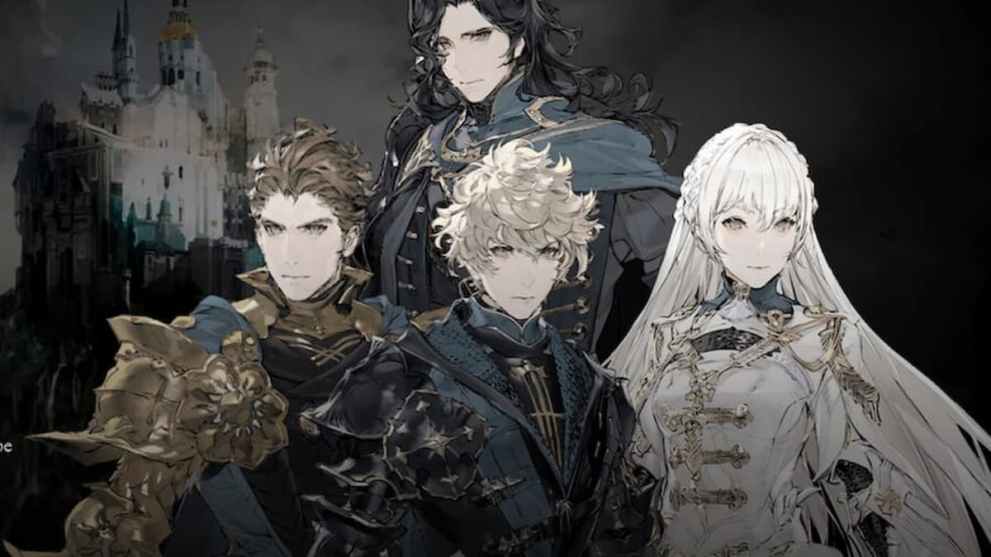
The biggest strength of the game lies in meeting new recruits and finding out how they’ll fit into your group and how they can assist you in battle, but I often found that once the initial shine wore off, they quickly became monotonous caricatures of themselves with little else to offer. Case in point, it was fun to watch Waltaquin deliver snarky lines that gave some insight into how devious she could be, but she rarely shows any other interesting traits that help flesh her out beyond that.
The main characters are the worst offenders of this, as Rias is often portrayed as the brooding soldier, while Izzy seems to just want to be the Best Fighter Ever, which honestly just isn’t very interesting in 2022.
Thankfully, though, The DioField Chronicle often managed to make me forget how boring these characters could be, as the combat system itself is equal parts engaging and satisfyingly challenging. As a real-time strategy RPG, it forces you to think about unit placement while your foes are slowly inching towards you at the same time.
You can slow down time, but there’s no way to completely pause it, which means you’re constantly pushed to think on your feet in every match. I’ll be the first to admit that the gamepad controls took a little bit to get used to, especially as I was figuring out how to efficiently move my individual units, select skills, and target specific enemies while also dealing with the ever-looming threat of my foes inching closer every second and pelting arrows or meteors at me in bullet time.
The controls aren’t the most intuitive, which can be frustrating whenever you need to split your forces up to tackle two areas at once. The DioField Chronicle binds some general commands to the face buttons, such as ordering units to attack the closest enemy or being able to move your entire force to one location or one enemy with a quick click. However, micro-managing individual units can be a real hassle, and even now, with so many hours sunk into the game, I still struggle from time to time trying to make my units do specific things.
It’s doubly frustrating when the AI seems to just want to stand still on occasion after performing a skill, causing them to take on more damage than is necessary. There were a few instances where I found myself having to quickly cycle back to another character and get them to start attacking or moving because they’d simply decided to just take a beating after casting a spell.
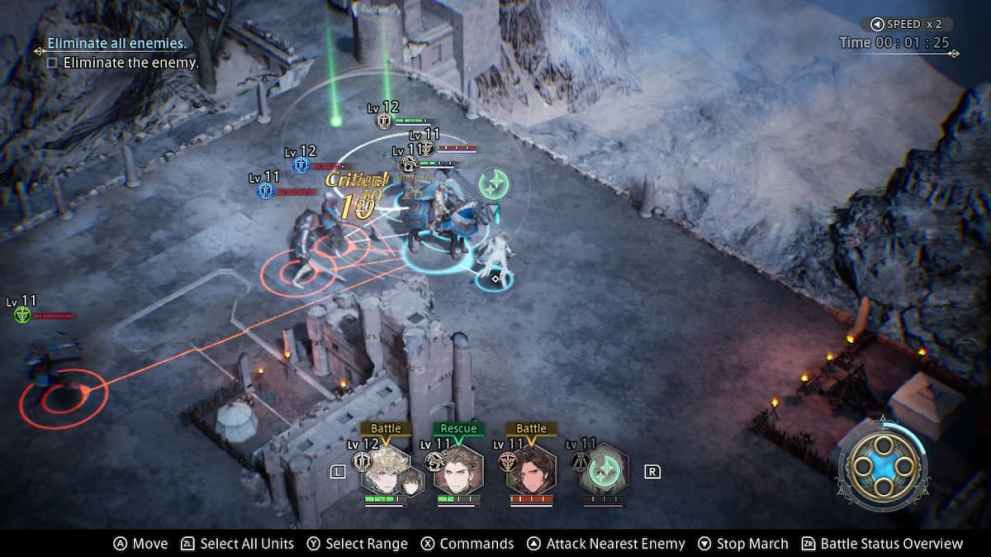
While it might seem like The DioField Chronicle’s combat system was more frustrating than enjoyable, when it clicks, it really does become a joy to play. There are various environmental effects to interact with in each level, like powder kegs you can blow up to completely decimate an enemy force, as well as plenty of enemy and boss types that come with their own unique set of challenges.
As you progress through the story, you get more characters at your disposal as well, and they all come with various jobs that make combat feel more dynamic. Having a proper team composition with a tank that’s able to draw aggro, ranged and melee DPS characters, and support characters to help keep everyone alive is paramount here, as is your ability to get them to do the right thing at the right time. Managing your entire party becomes a bit of a dance once you get used to the controls, and most of my enjoyment came from studying the field while my minions attacked and learning when and where to re-position them.
The leveling and upgrade systems get increasingly in-depth as well, as you’ll eventually unlock weapon upgrades, character stat upgrades, and even general class upgrades. You can also equip special medallions that allow you to summon eidolon-like beings to execute a variety of special effects, including dealing damage to an area or healing your entire party and restoring their mana. And once you get used to the ebb and flow of battle, The DioField Chronicle also gives you the option to increase the game speed to help get you through things faster. I don’t recommend touching this option at all for the first five hours or so, but it’s a great quality-of-life option to have.
Ultimately, The DioField Chronicle surprised me with just how much depth its combat system offered, and powering my way through its levels proved to be a joy, despite its narrative and characterization shortcomings. The real-time strategy battles are an innovative aspect of the game that I’d love to see adapted in more RPGs, and while I do wish the protagonists weren’t as cookie-cutter as they come, I’ll take bland stories and pretty art over boring gameplay any day.
- Surprisingly in-depth upgrading and leveling systems.
- Real-time strategy combat is challenging and enjoyable.
- The art design and aesthetic are to die for.
- Characters can feel one-dimensional and boring.
- The story can be bland, and is ultimately nothing to write home about.

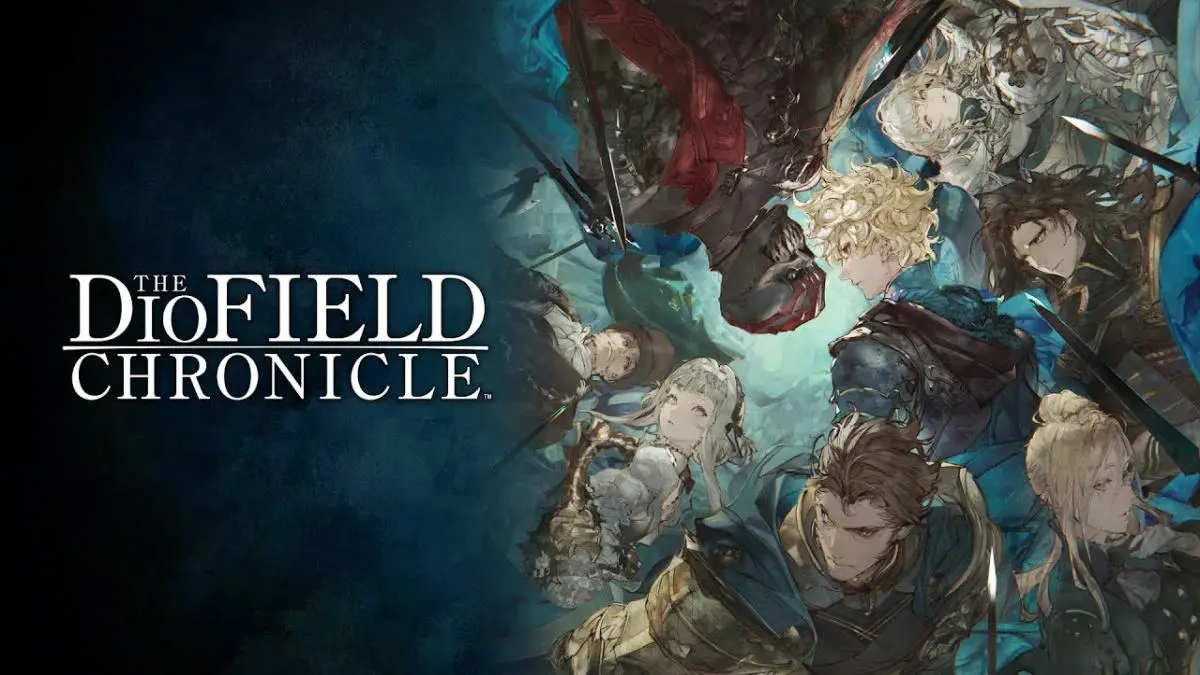

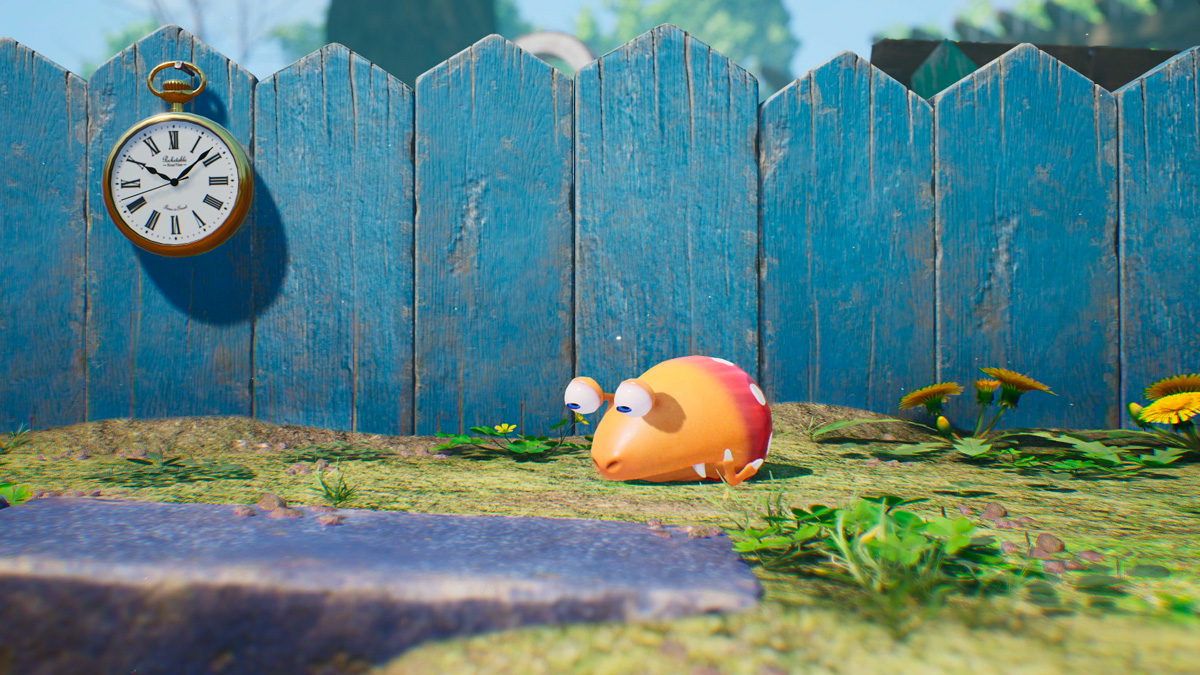


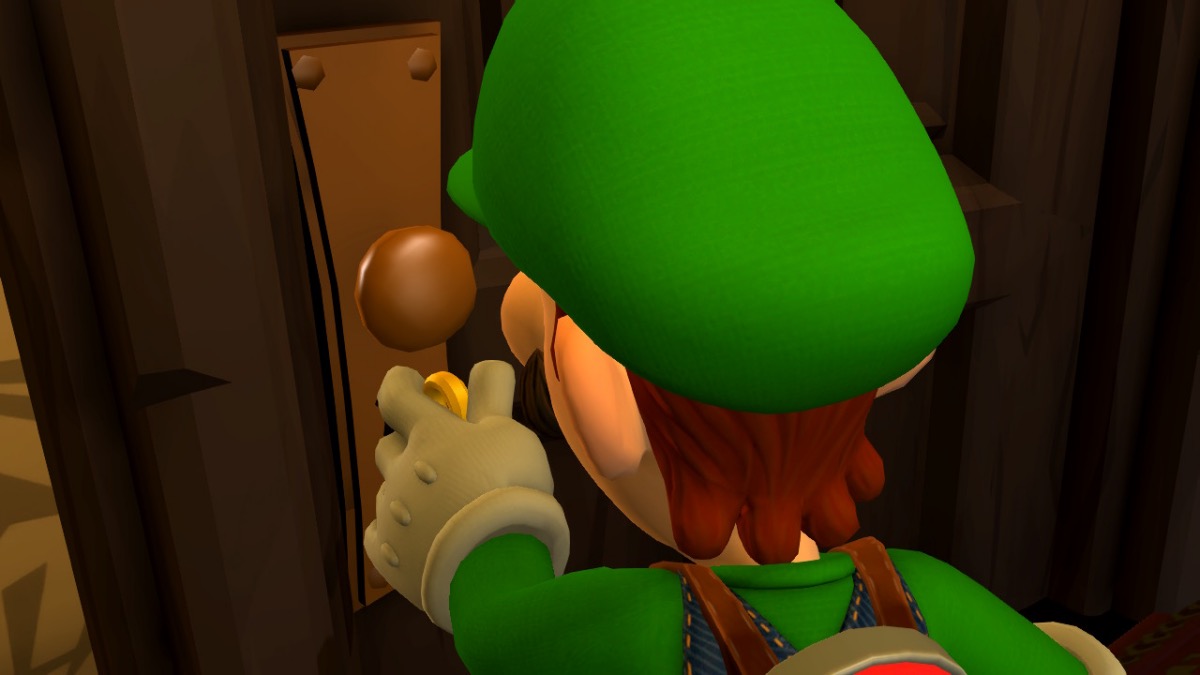






Updated: Sep 19, 2022 09:14 am